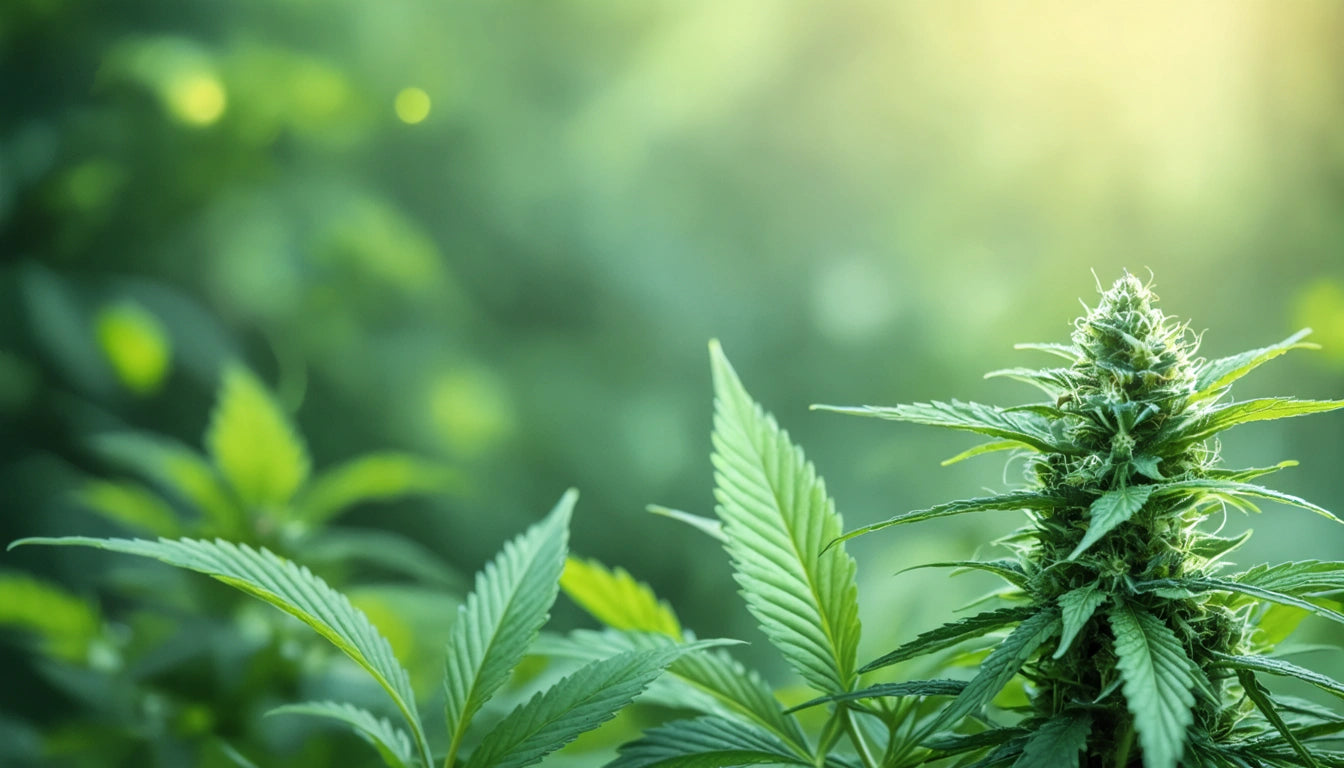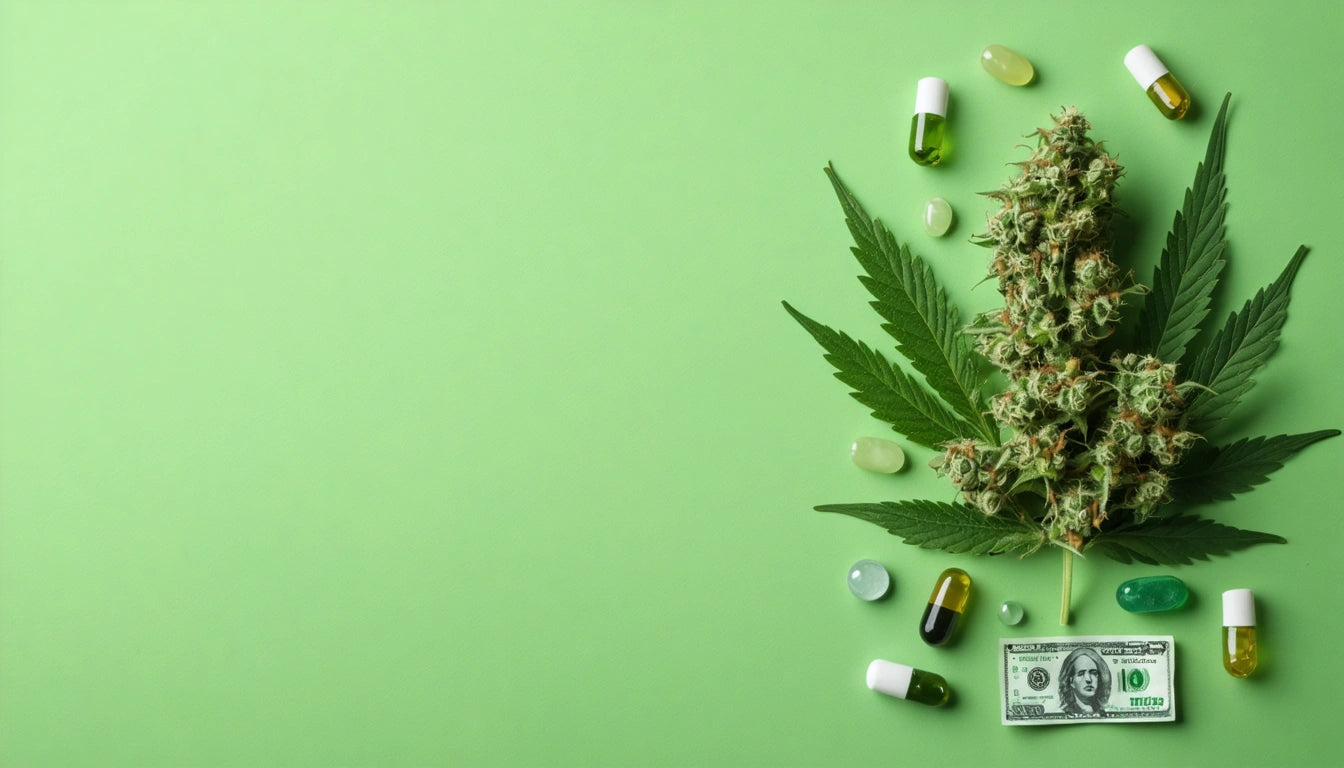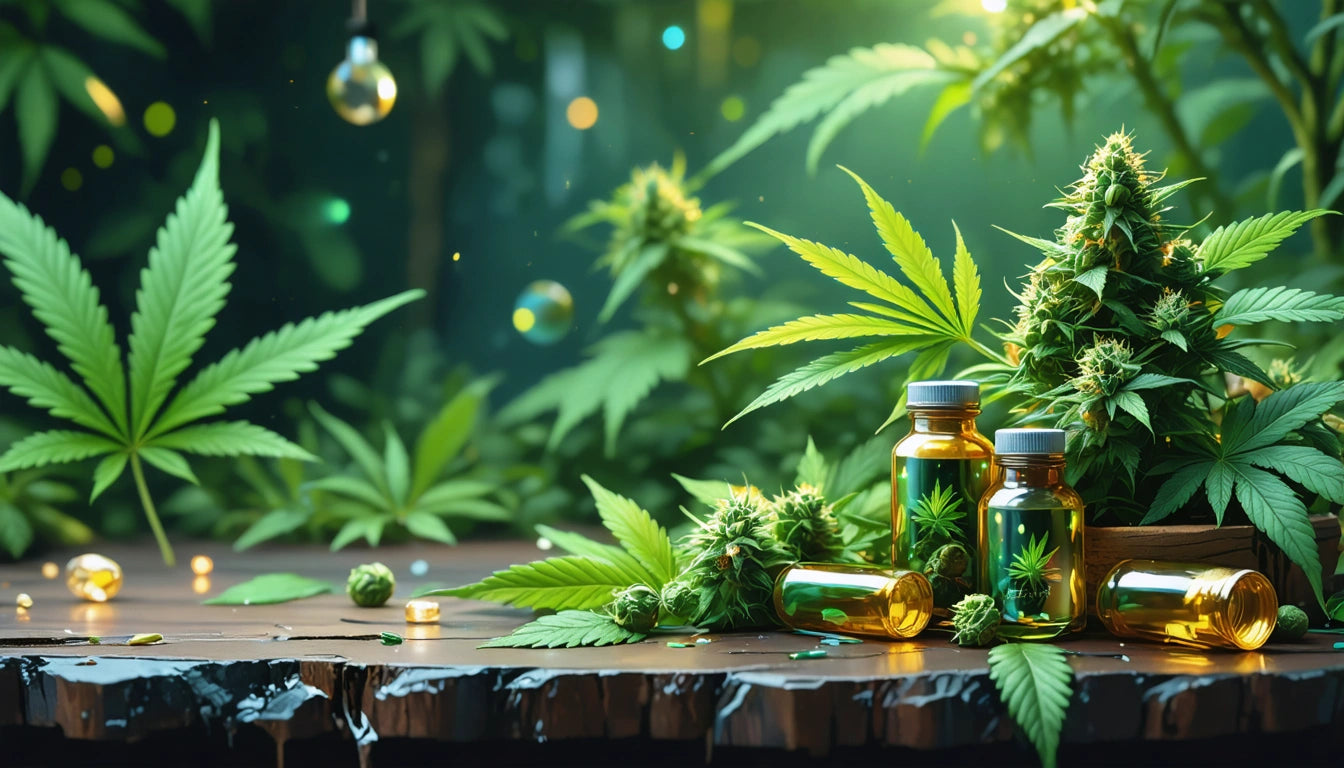Table of Contents
As the cannabis industry continues to grow, the environmental impact of packaging has become a significant concern. Concentrates present unique challenges for sustainable packaging due to their sticky consistency, sensitivity to environmental factors, and regulatory requirements. This guide explores eco-friendly options that balance product protection, compliance, and environmental responsibility.
Sustainability Challenges in Concentrate Packaging
Cannabis concentrates require specialized packaging that preserves their potency, prevents degradation, and complies with strict regulations. Traditional concentrate packaging often relies on non-biodegradable materials like silicone containers and plastic jars, contributing to environmental waste. According to industry studies, packaging waste accounts for a substantial portion of the cannabis industry's environmental footprint.
The sticky nature of concentrates like wax, shatter, and live resin makes them particularly challenging to package in eco-friendly materials. As outlined in this guide on packaging dabs and crumble, maintaining freshness while reducing environmental impact requires innovative approaches.
Eco-Friendly Material Options for Concentrates
Recycled and Recyclable Glass
Glass remains one of the most environmentally sound options for concentrate packaging. It's infinitely recyclable, doesn't leach chemicals, and provides excellent protection against degradation. This comparison of concentrate container materials highlights glass as superior for terpene preservation while being environmentally responsible.
Biodegradable and Compostable Options
New plant-based polymers and biodegradable plastics are emerging as viable alternatives for concentrate packaging:
- PLA (polylactic acid) containers derived from corn starch or sugarcane
- Hemp-based plastics that utilize cannabis industry byproducts
- Mushroom packaging for outer packaging and shipping materials
- Bagasse (sugarcane fiber) containers for certain concentrate types
For larger quantities, some producers are exploring sustainable bulk packaging solutions that reduce the overall material usage while maintaining product integrity during distribution.
Reclaimed and Upcycled Materials
Some innovative brands are using reclaimed materials for concentrate packaging. This includes repurposed glass and metals that give packaging a second life while reducing waste streams. These materials work particularly well for premium concentrate lines where unique aesthetics add value.
Balancing Sustainability with Compliance Requirements
Sustainable packaging must still meet strict regulatory standards, particularly child-resistance requirements. Compliance standards for concentrate packaging vary by state but generally require packaging that prevents accidental ingestion.
Several eco-friendly options now incorporate compliant features:
- Recyclable glass jars with certified child-resistant closures
- Plant-based plastic containers with compliant locking mechanisms
- Paper-based packaging with child-resistant features for certain concentrate types
As noted in this overview of child-resistant options, manufacturers are developing innovative solutions that satisfy both environmental and regulatory concerns.
Environmental Branding and Consumer Perception
Sustainable packaging can significantly enhance brand perception. Consumer surveys on concentrate packaging indicate growing preference for brands that demonstrate environmental responsibility.
Effective eco-friendly packaging strategies include:
- Transparent communication about materials and their environmental impact
- Minimalist design that reduces overall material usage
- Education about proper disposal or recycling of packaging
- Branding that emphasizes sustainability as a core value
When implementing custom printing on concentrate jars, using soy-based or other eco-friendly inks further enhances sustainability credentials.
Implementation Strategies for Sustainable Packaging
Transitioning to eco-friendly concentrate packaging requires thoughtful planning. Consider these implementation approaches:
Phased Transition
Start by identifying the most environmentally problematic packaging elements and replace them first. This might mean switching from virgin plastic to recycled materials before moving to fully biodegradable options.
Supplier Partnerships
Work with packaging suppliers committed to sustainability innovation. Many are developing proprietary solutions for the unique challenges of cannabis concentrates, as seen in this overview of eco-friendly concentrate packaging.
Consumer Education
Include information about proper disposal or recycling of packaging. Some brands are implementing QR codes that link to detailed recycling instructions based on the consumer's location.
Lifecycle Assessment
Conduct a full lifecycle assessment of packaging options to ensure that seemingly eco-friendly choices don't have hidden environmental costs. For example, some biodegradable plastics may require industrial composting facilities that aren't widely available.
Future Innovations in Sustainable Concentrate Packaging
The cannabis industry continues to drive innovation in sustainable packaging. Emerging technologies include:
- Edible and water-soluble packaging for certain concentrate types
- Packaging made from cannabis industry waste streams
- Reusable container systems with dispensary return programs
- Advanced bioplastics with improved temperature resistance for concentrate storage
As detailed in this guide on long-term concentrate storage, packaging innovations must balance environmental concerns with product preservation requirements.
By embracing sustainable packaging solutions, concentrate producers can reduce environmental impact while meeting consumer expectations for responsible business practices. The investment in eco-friendly packaging not only benefits the planet but can also create meaningful brand differentiation in an increasingly competitive market.











Leave a comment
All comments are moderated before being published.
This site is protected by hCaptcha and the hCaptcha Privacy Policy and Terms of Service apply.